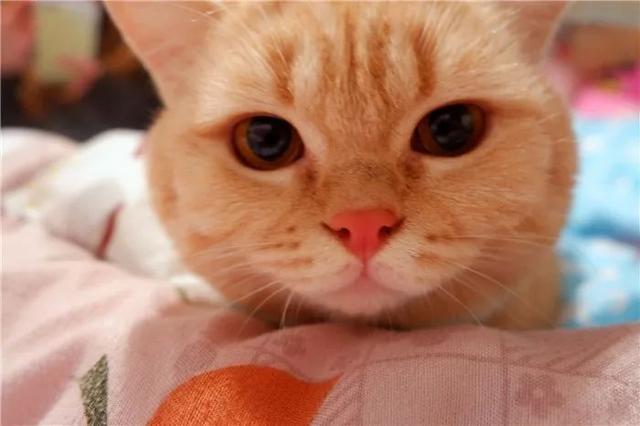Cat conjunctivitis is a common condition that can affect our beloved feline friends. As a responsible cat owner, it’s important to be aware of the causes, symptoms, and treatment options available to address this eye infection in cats.

Causes of Cat Conjunctivitis
Cat conjunctivitis occurs when the thin membrane called the conjunctiva, which covers the inner surface of a cat’s eyelids and the front of the eyeball, becomes irritated or infected. Common causes include:
- Infections: Bacterial or viral infections can lead to conjunctivitis in cats. These infections can be transmitted through direct contact with infected cats or contaminated objects.
- Injuries: Eye injuries, such as scratches or foreign objects in the eye, can trigger conjunctivitis. Cats can injure their eyes during play, fights, or accidents.
- Allergies: Cats can develop allergies to certain substances, such as pollen, dust mites, or certain medications. Allergic reactions can cause inflammation of the conjunctiva.
Recognizing Symptoms of Cat Conjunctivitis
Early detection of cat conjunctivitis is crucial for prompt treatment. Look out for these common symptoms:
- Excessive tearing: If you notice your cat’s eyes constantly tearing up, it may be a sign of conjunctivitis.
- Redness and swelling: Conjunctivitis often causes redness and swelling of the conjunctiva, making the eyes appear irritated and inflamed.
- Eye discharge: Cats with conjunctivitis may have increased eye discharge, which can range from clear to thick and yellowish in color.
- Squinting or eye discomfort: Cats experiencing conjunctivitis may squint or keep their eyes partially closed due to discomfort.
- Crust formation: The presence of crust or dried discharge around the eyes is another indication of conjunctivitis.
Effective Treatment for Cat Conjunctivitis
If you suspect that your cat has conjunctivitis, it’s essential to consult a veterinarian for a proper diagnosis and treatment plan. The veterinarian may recommend the following:
- Eye cleaning: Clean the area around your cat’s eyes gently using a clean, damp cloth to remove any debris or discharge.
- Medications: Depending on the cause and severity of conjunctivitis, the veterinarian may prescribe antibiotic or antiviral eye drops or ointments to treat the infection.
- Environmental management: If your cat’s conjunctivitis is triggered by allergies, the veterinarian may suggest minimizing exposure to allergens or prescribing allergy medication to alleviate symptoms.
Remember, early intervention and consistent treatment are key to managing cat conjunctivitis effectively. By providing the necessary care and following your veterinarian’s guidance, you can help your feline companion recover and maintain healthy eyesight.
If you notice any signs of conjunctivitis or have concerns about your cat’s eye health, don’t hesitate to consult a veterinarian for professional advice and assistance. Prioritizing your cat’s well-being will ensure they receive the best possible care and support.

Comments (0)